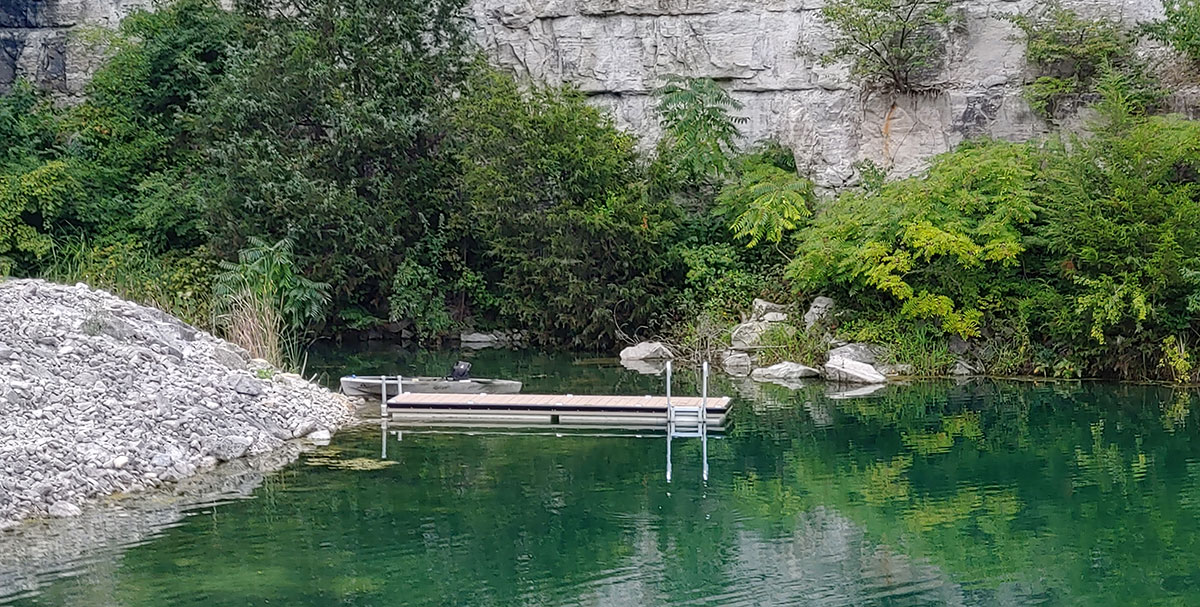
What is the First Step in Ship Construction?
The ship construction process is a relatively long and complex one, and it has evolved over the years. Just a few decades ago, merchant vessels, passenger ships, and military vessels alike required tons of steel and aluminum.
Today, the materials and processes involved are changing fast. What isn’t changing, though, is the tasks associated with actually building and launching a ship. Even though materials and assembly have significantly advanced, step by step, it’s almost the same process it was thousands of years ago.
A Step By Step Look At The Process
The very first step in the process is the design step. Both the form of the hull and how the ship will be arranged are laid out at this point.
Typically a naval architect works with the initial specifications (like how much weight it must carry and how fast it must go) to create a vessel that will work to meet the needs of the order. These specs contain information about the materials that should be used in the creation of the ship.
The next step is the construction of the vessel; this typically takes place in a shipyard. In the past, ships were created on building berths, where timber and planking were fitted with each other to form the hull. As iron came into the plan, shipyards moved toward a very different model.
Today, dry docks are typically used to build large vessels because it allows the vessels to be lowered, rather than lifted, out of the water. First, steel plates are cleaned, straightened, shaped, and cut, then welded together into various panels and areas of the ship, which are sometimes called subassemblies.
It’s important to note that these are complete cross section-style pieces of the ship being created in a manufacturing facility. Those cross-section-like pieces are transported to the dry dock then lifted using cranes to the dry dock area.
They are held in position while they’re welded to the right spot on the base of the ship. Scaffolding is typically constructed in the dry dock area to provide access to the right part of the ship’s hull.
Once all of the pieces are in place, the ship is painted and then launched into a holding berth so outfitting can take place.
Outfitting is the process of adding the machinery, piping systems, any required deck gear, rigging, deck coverings, and more to the ship.
In some cases, this can be done from onboard the ship, but in other situations, a ship repair platform is used to access the outside of the ship to finish this step.
After the vessel is complete, trials are held to test the equipment. These usually involve testing the vessel’s speed, displacement, and more to better assess potential performance in the water. Once the vessel proves to meet the specified needs, it is formally delivered to the buyer.
Ship Repair Can Work the Same Way
Shipyards don’t just have facilities for shipbuilding, though. Instead, they can also serve as spaces to repair ships.
For the most serious repairs, ships may have to go back to the dry dock stage. More often than not, though, ship repair platforms are used to handle all of the necessary repairs.
Safety is Essential
Almost any shipyard audit includes a review of the infrastructure and safety systems in place to protect workers during ship construction.
Among other things, this means safer ship repair platforms that can assist team members as they construct vessel after vessel.
At AccuDock, we understand the difficulties of ship construction, which is why we’ve created unique ship repair platforms designed specifically to help you create the ideal vessel from the first step in ship construction to the last.
To learn more about how we can help, please contact us today.
AccuDock is a global leader in the design and manufacturing of Floating Docks
CALL 954.785.7557 OR EMAIL INFO@ACCUDOCK.COM FOR MORE INFORMATION








